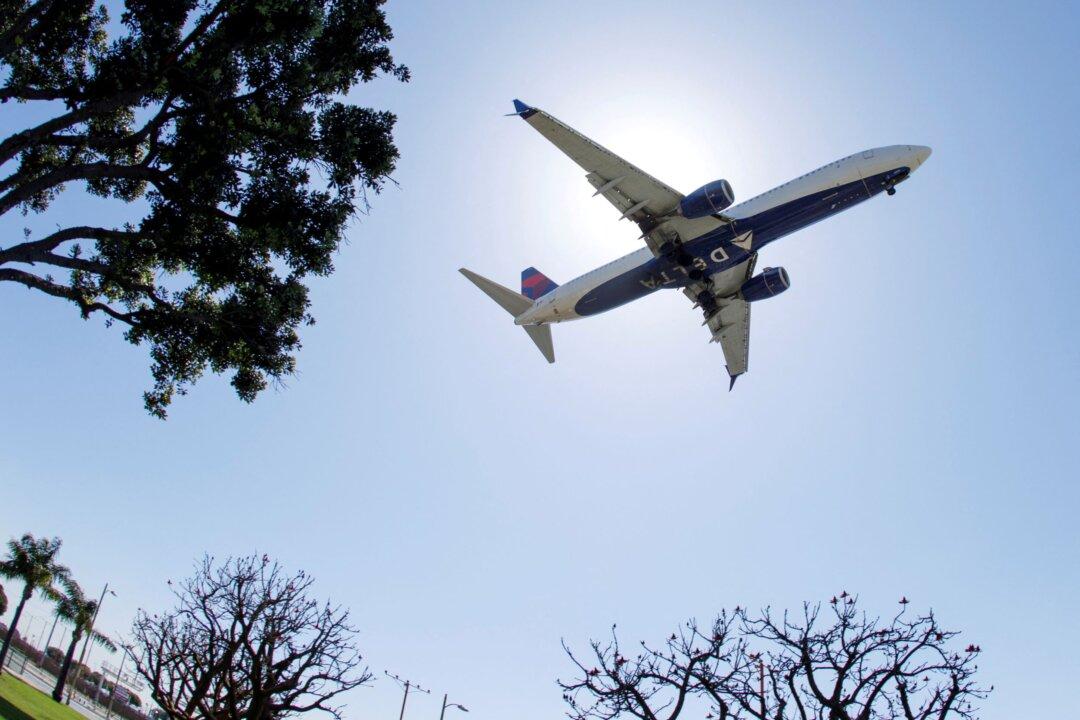A Delta Air Lines flight from Salt Lake City bound for Amsterdam had to cut its journey short on March 24 after the plane experienced technical trouble mid-air. The plane got as far as the Montana-North Dakota boundary after pilots became aware of a missing panel behind one of the two engines.
The panel reportedly fell off during takeoff, although it’s currently still unclear how it came to the attention of the pilots. The Airbus A330neo returned to Salt Lake City three hours after it was forced to turn around.




